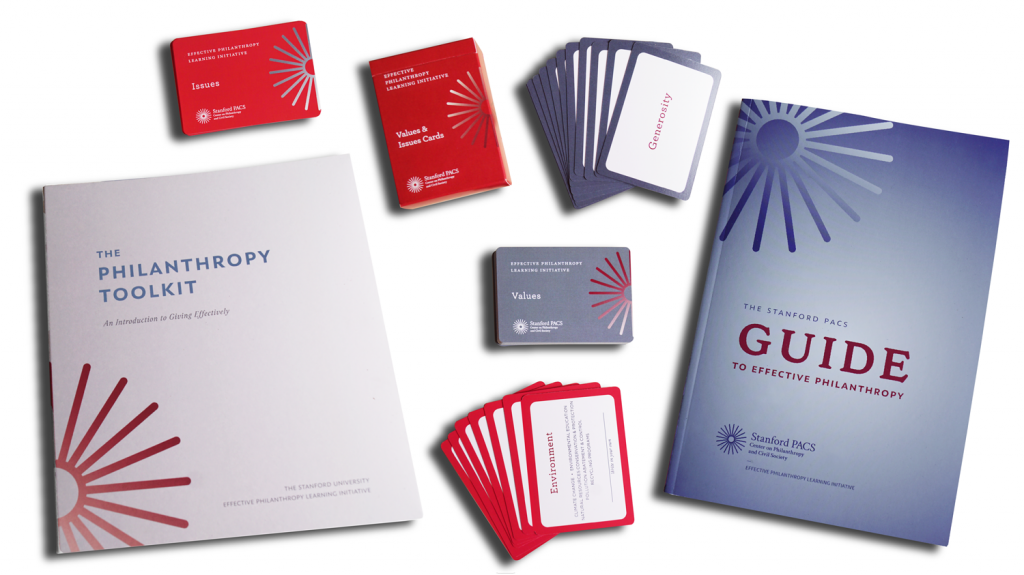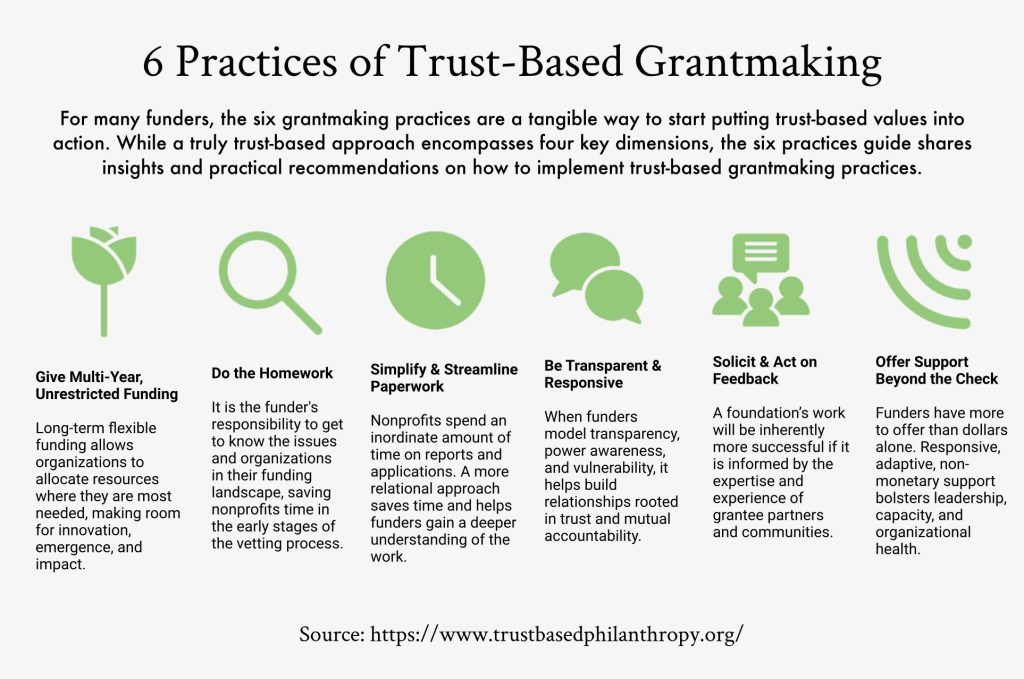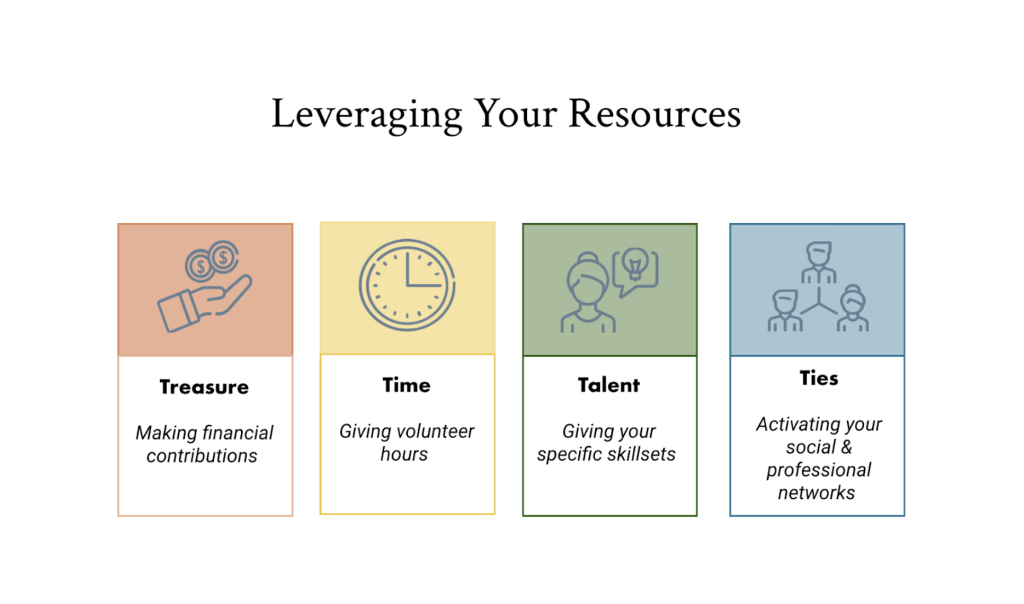The 5-Week Effective Philanthropy Challenge
Just a few minutes a week— that’s all it takes to start giving more effectively.
Over the next 5 weeks, we’ll be sharing some quick tips to help you be a more effective philanthropist this Giving Season— whether you’re a seasoned donor and want to freshen up on best practices, or just starting out.
From Giving Tuesday until the end of the year, we invite you to participate in a weekly bite-size action to become a more strategic, intentional giver. Check in each Tuesday as we unlock a new “challenge” based on best practices of effective philanthropists
You can also sign up to receive email alerts each week. Click here to sign up for email updates.
Give Better Challenge
Continued Learning

We’re also providing a special holiday discount on our print resources, full of additional activities and information related to these quick tips. Our print Guide and Toolkit workbook make great gifts for family members, friends, clients, or colleagues interested in effective giving.


